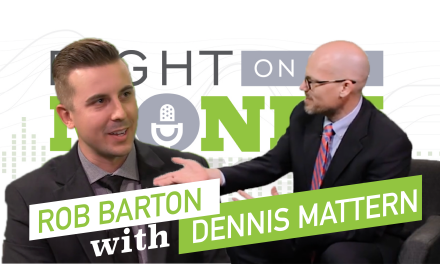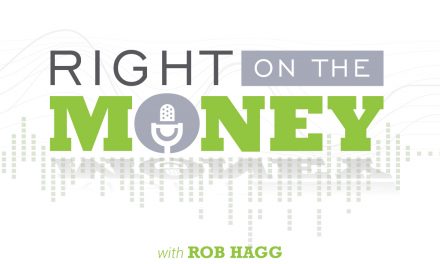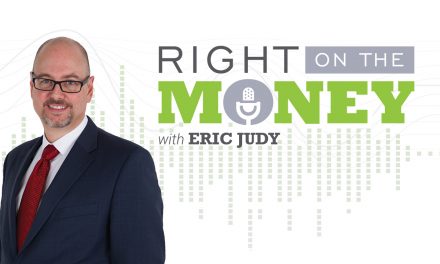Adding a Reverse Mortgage, Roth IRA and Life Insurance to Social Security Income
If you’re under age 50, not in a high-effective tax bracket and not receiving a matching contribution from your employer into your 401(k), consider dumping your ERISA plan in favor of a tax-free retirement. It’s probably too late for baby boomers in or near retirement, but it might just be the perfect time for the younger generation to break ranks with the conventional and think about a revolutionary retirement concept.
Most Americans planning for retirement are familiar with their Social Security benefits, Roth IRAs and reverse mortgages. But few understand the benefits of tax-free income from a non-modified endowment cash-value life insurance contract. The vast majority understands life insurance as an indemnification product to protect their family, business associates and favorite charities. But few have considered its tax-deferred accumulation advantage and tax-free distributions of return of basis and collateralized policy loans of gain. The affluent among us have used cash-value life insurance as a tax-favored vehicle for decades. Adding tax-free income from life insurance to these other tax-free products or strategies can deliver more net-spendable income during retirement. Watch the interview with popular platform speaker, asset management and life insurance specialist Rob Hagg as he talks about creating a tax-free retirement plan.
Social Security benefits may be taxable based on its own income inclusion in the provisional income test, but tax deductions, exemptions and tax credits may offset higher benefit income, resulting in tax-free benefits. The tax-free income from Roth IRAs, reverse mortgages and cash-value life insurance is not includable in the provisional income test. So under current law, it’s conceivable you could design a tax-free retirement that could yield more net-spendable income and allow you to keep more of your hard-earned retirement income.
If you’re under age 50, you may consider diverting your future 401(k) or IRA contributions to fund a Roth IRA (if you qualify). When you turn age 59½, you can begin converting any monies in your 401(k) and IRAs to Roth IRAs over a 10-year period ending at age 70. Delaying Social Security until age 70 will maximize your lifetime benefits. It’s exciting to consider this new approach that could become the new retirement plan for the next generation of retirees.
Non-Modified Endowment Life Insurance Contracts are comprised of two types of tax-free distributions: one is tax-free basis; the other is a tax-free collateralized policy loan. To ensure tax-free distributions, Non-Modified Endowment Life Insurance Contracts must be kept in force for the life of the policy insured.
Nationally syndicated financial columnist Steve Savant interviews with popular platform speaker, asset management expert and life insurance specialist Rob Hagg. Right on the Money is a weekly one-hour online broadcast for TV and radio distribution. The show contains five ten-minute segments that are redistributed online as individual video press releases.





